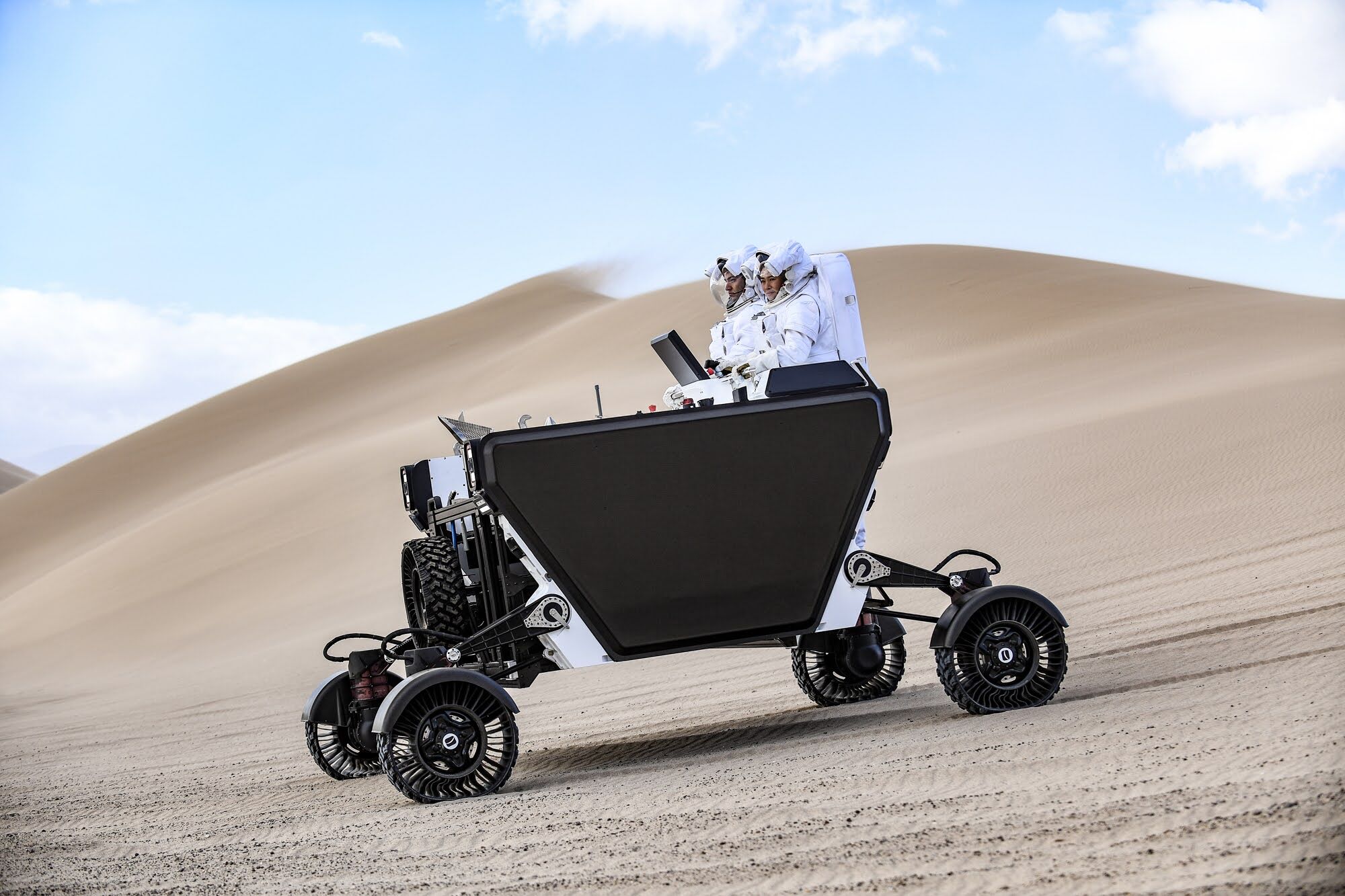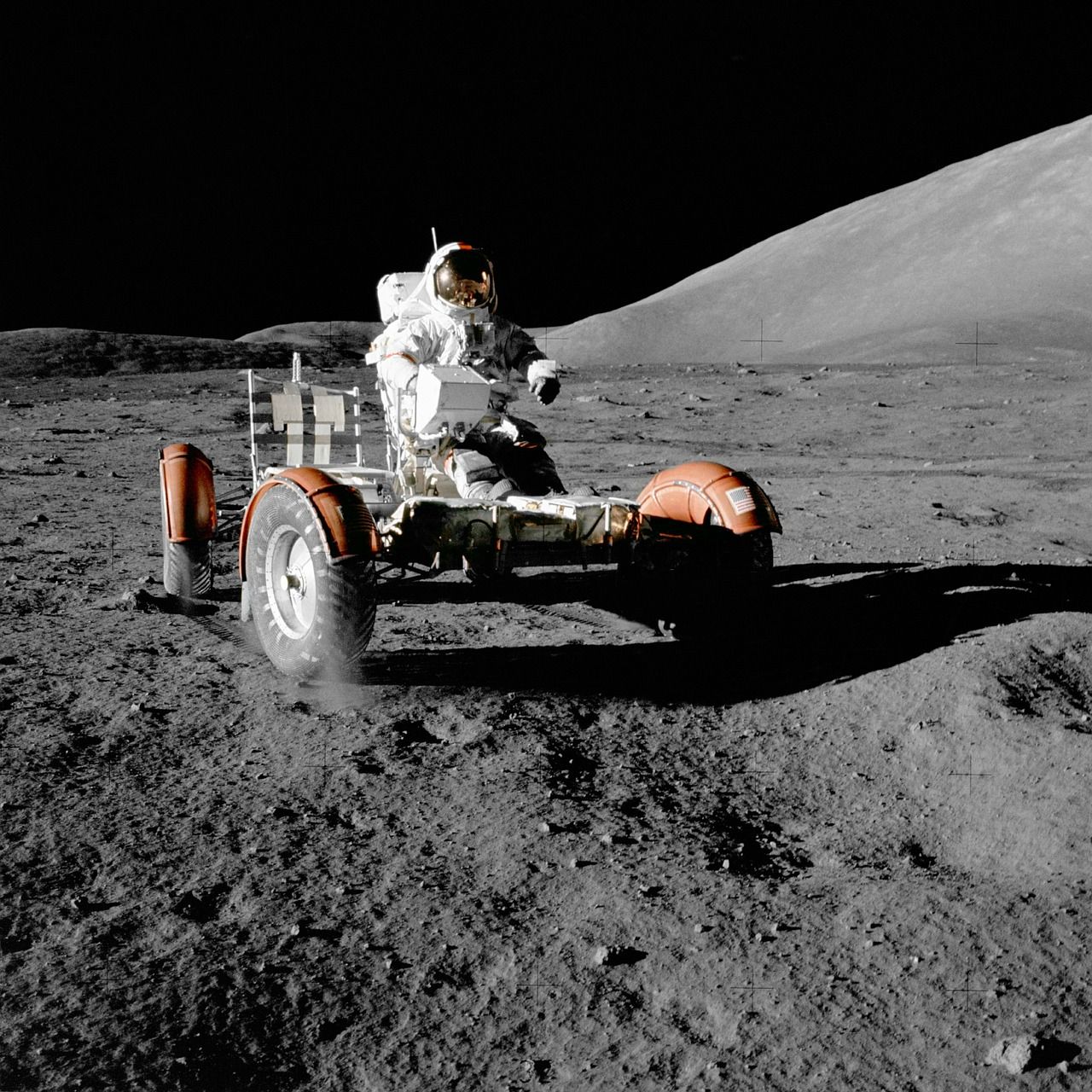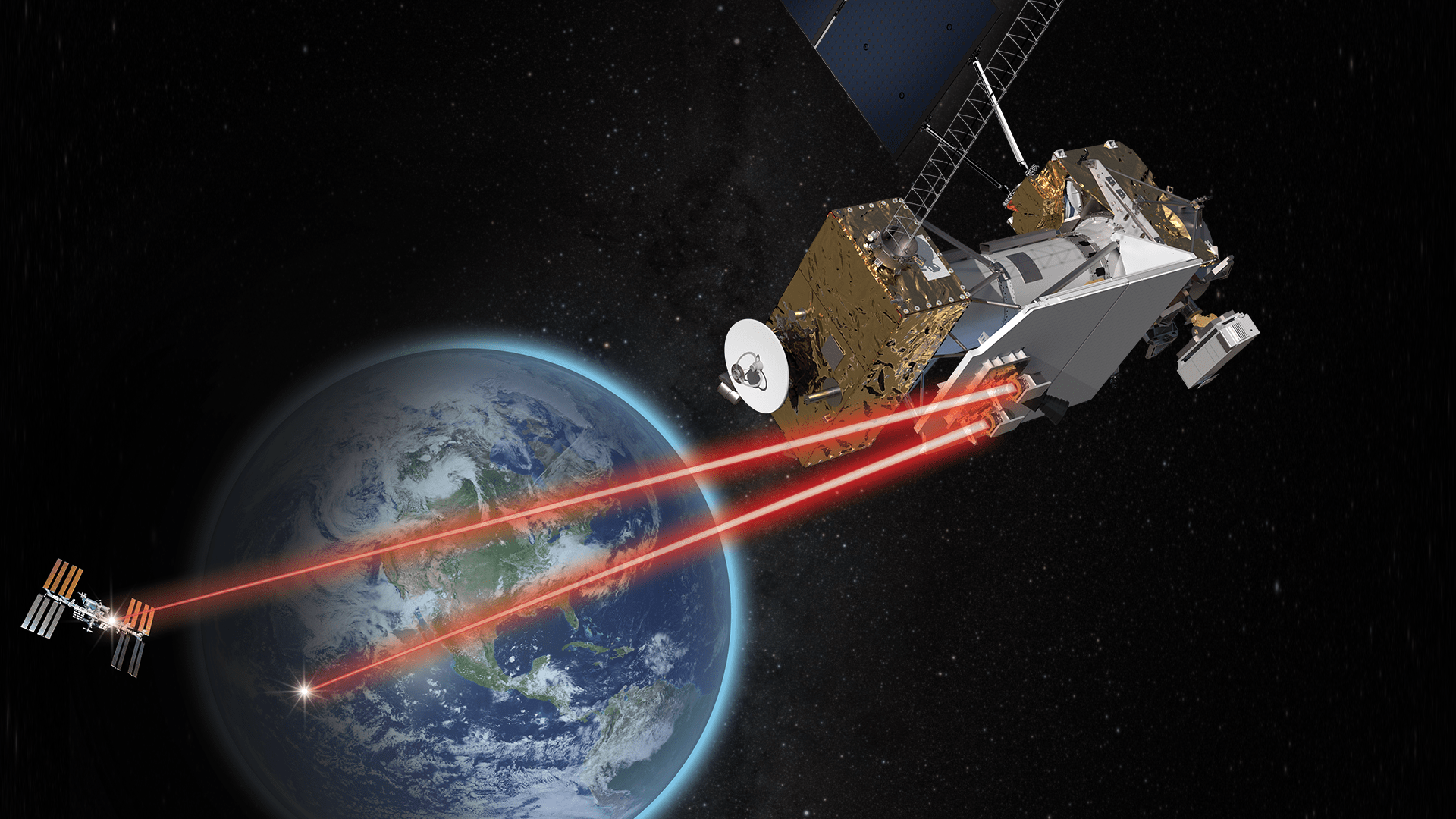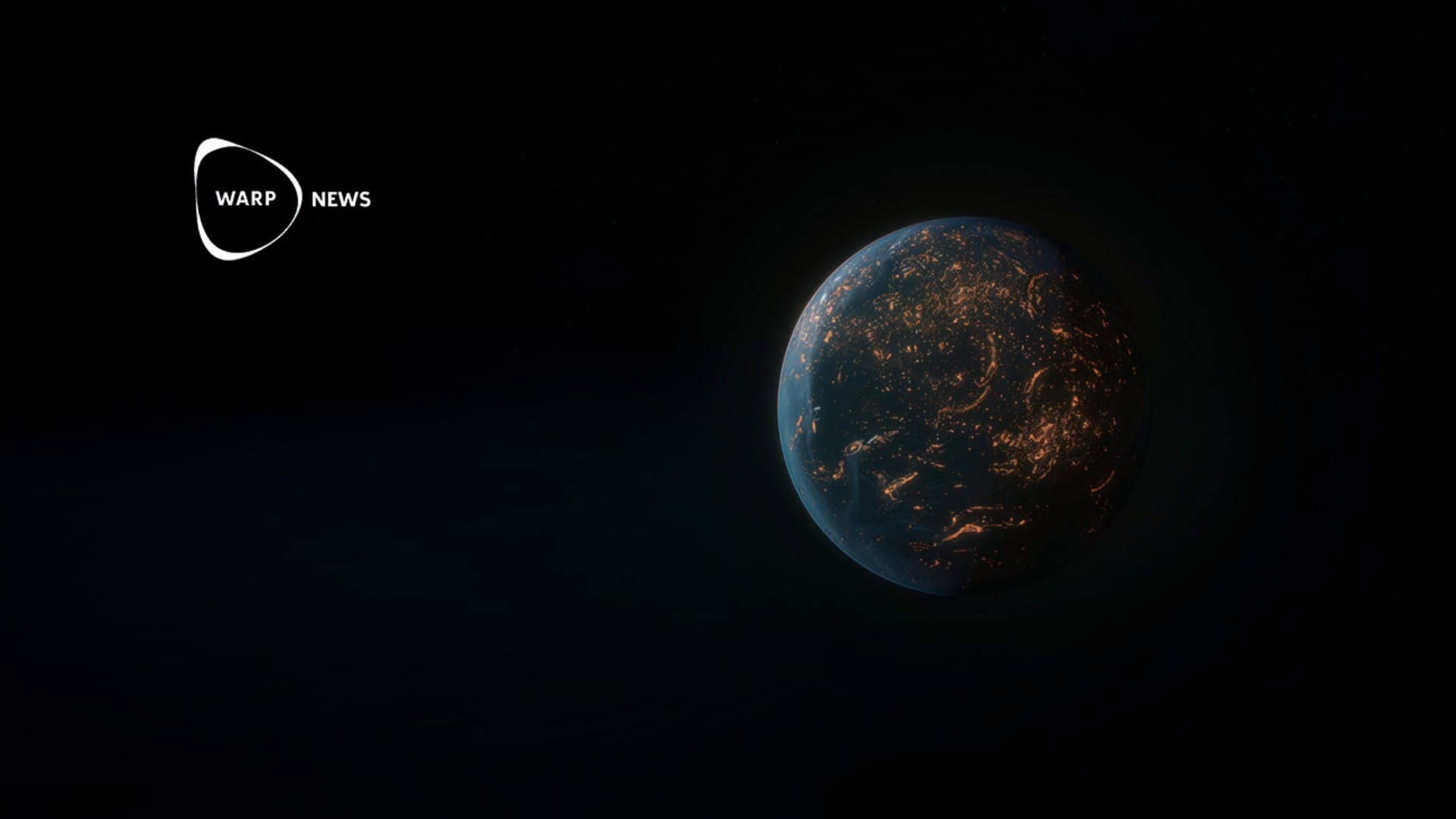
🚙 Startup shows off new moon rover
A permanent presence on the moon requires a new generation of lunar rover, which can do more than drive astronauts to predetermined destinations and back. Venturi Astrolab has demonstrated its concept.
Share this story!
Recently, NASA rolled out its new lunar rocket for launch rehearsal. As early as May, the spacecraft could carry out an uncrewed mission around the moon, while a true mission could happen as early as 2025.
In other words, the time is fast approaching, and as part of this, NASA has launched a procurement program that aims to develop a new lunar rover. As the program is called, Lunar Terrain Vehicle, or LTV, is based on requirements published as early as 2020. Until October of last year, the private sector had to submit their vehicle concepts, and one of the proposals, developed by Venturi Astrolabes, was presented for the first time on March 10th.

The California-based startup company has developed a rover called Flexible Logistics and Exploration, or FLEX. It can carry two astronauts and a payload.
It has a clever suspension setup to be as flexible and practical as possible. The wheels can be rotated so that the rover drives sideways, and the suspension itself can adapt to the surface in intelligent ways and " squat " to pick up or put down the payload.
Until now, manned and unmanned lunar and Mars rovers have been developed to meet a specific set of needs, and only one or a few units are ever produced. Venturi's goal is to leave this practice behind and create a vehicle that can be manufactured in large volumes and be used for many different purposes. Instead of developing alternative variants of the rover itself, customers will be able to create new payload modules in collaboration with Venturi.
FLEX is not just an idea that exists inside a computer somewhere; a prototype has been built and tested in the deserts of California. In addition to space use, the rover is intended to be used on earth, in inhospitable terrain, or to load and unload cargo.
Suppose anything is to shed light on the brisk pace at which the lunar program is intended to progress. In that case, a lunar rover is designed to be part of Artemis 5, i.e. the fourth manned Artemis journey, which will be completed as soon as 2027. In addition to Venturi, proposals have also been submitted by Northrop Grumman and one in collaboration while Lockheed Martin and General Motors.
Photo: Venturi Astrolab

By becoming a premium supporter, you help in the creation and sharing of fact-based optimistic news all over the world.



